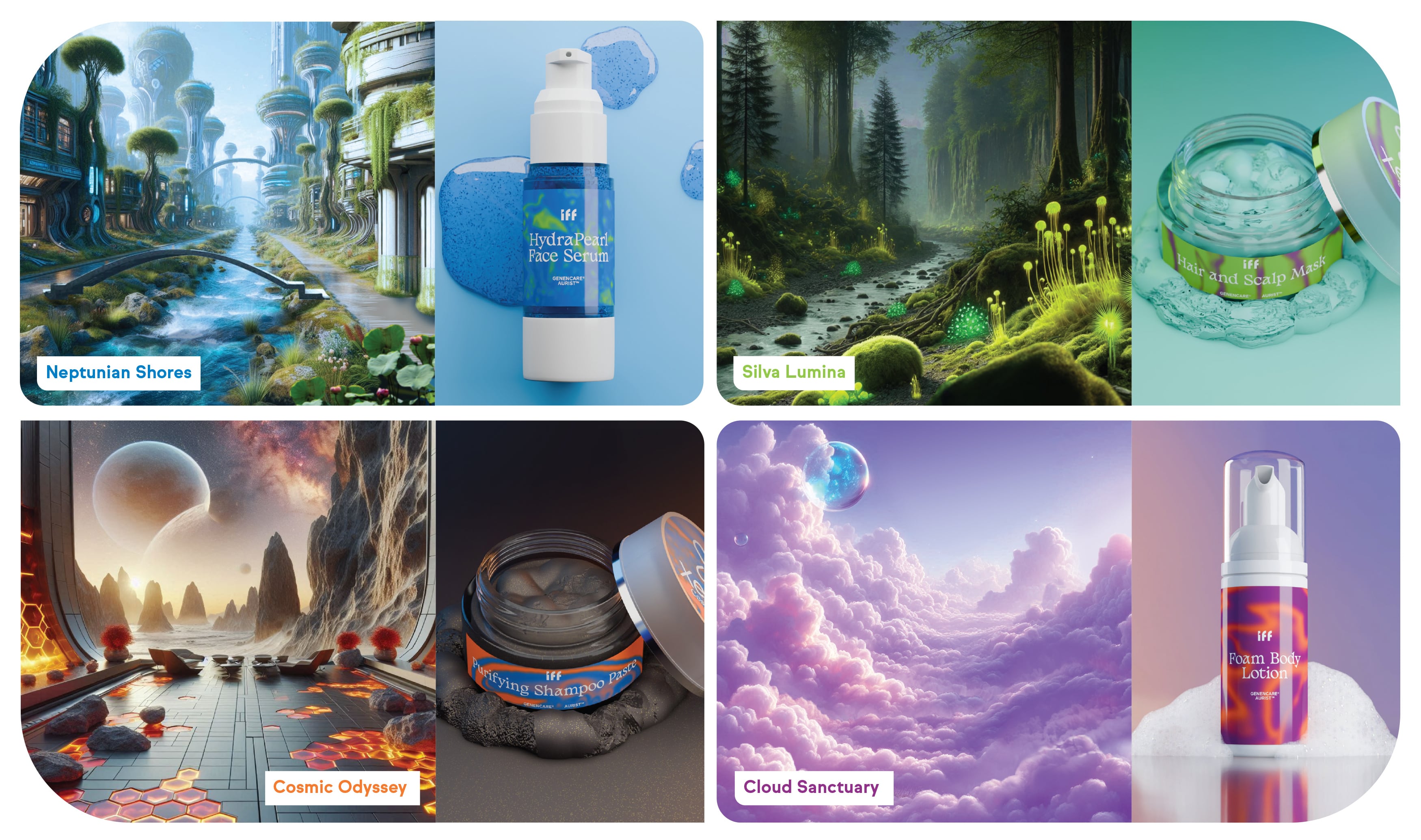Our feelings play a huge role in the user experience and perceived effectiveness of cosmetics. This means it has become increasingly important to create beauty and personal care products that have an positive impact on both the body and mind.
Based on this, the German ingredients manufacturer BASF has launched its MindMotion technology at the recent In-Cosmetics Global 2025 show. This tech is designed to capture people’s emotional responses to personal care products to evaluate how it impacts their emotional well-being.
Unlike traditional performance testing of cosmetics, which primarily focuses on physical effects or conscious evaluations, the firm’s new approach captures consumers’ emotional engagement.
According to Jennifer Schoss, a lab technician at BASF, until now, the company has used a ‘conscious assessment’ to test out people’s reactions to its ingredients.
Trained experts do sensory assessments on panellists and always use same standard amount of formulation. Then they ask questions about how to distribute the absorption, skin softness and smoothness, whether there is a waxy residue or oily residue, and whether the person likes the product or doesn’t.
The new technique, MindMotion technology, differs because it is an unconscious assessment.
Dr Daniel Flormann, who is manager for method development at BASF, explained that the new technique uses a combination of an electroencephalogram (EEG) scan to measure brain activity with facial expression analysis.
“We have the brain activation, as our neurons are firing the whole time, so we can detect the relaxation levels of the panellists as they use the formulations,” he explained.
He added that the conditions are standardised throughout the tests and the subjects sit in climate-controlled rooms.
“We also have the facial expression analysis and as you can imagine, one person can have several emotions in their face, but the most important parameter is happiness,” said Schoss.
“So if we detect joy in the face of the panellists while they were they are distributing the cream, this is the live measurement,” she continued.
The facial expression analysis is done while the person also wears the EEG “to get a full understanding of the unconscious reactions from our panellists to the different cosmetic formulations,” she said.

Fragrance can evoke multiple sensations simultaneously
Another company that unveiled a new use of technology to measure emotions at the InCosmetics Global 2025 show was Scentmate by DSM-Firmenich.
The firm showcased its Synesthetic Lab, an immersive booth designed to explore how fragrance can connect with multiple senses at once, which it said “allowed attendees to play with their senses and mix them, discovering how fragrance can evoke multiple sensations simultaneously.”
It also highlighted two other new technologies based around human emotional reactions to cosmetics.
One of these, Emotions, is a fragrance technology tested using Functional magnetic resonance imaging (fMRI) and ScentMove to elicit feelings of energy, relaxation, and happiness.
Scientifically validated, it allows brands to create fragrances that contain a technology to enhance emotional well-being.
The tech is based on neuroscience and also uses the company’s ‘emotional mapping’ tool to link fragrances to specific feelings.
At the show, DSM-Firmenich also unveiled its Focus fragrance Technology. According to the company, this is the first patent-pending fragrance design that is scientifically demonstrated to improve mental performance.
It was developed using neuroscientific research and AI-powered insights and “helps consumers achieve a state of flow and heightened concentration.”

Emotional responses vary based on global location
The Swiss ingredients company Givaudan meanwhile has just launched its patent-pending MoodScentz + algorithms, which it says is backed by more than 35 years of pioneering scientific research to “enable perfumers and flavourists to harness the power of fragrances and flavours to evoke positive moods.”
The company said it recognised that emotional responses to fragrance and oral care flavours vary around the world, so the new technology incorporates consumer data from Brazil, France and the USA to give a more global perspective on what consumers want.
“Our research in these countries shows that mental health has become a top priority for consumers,” the company said in a press statement.
“We also found that 64% of people define a good life as ‘happy’, while 55% define it as ‘relaxed’ and that 85% consider that fragrance can positively impact on mood and wellbeing.”
Phygital escapism and immersive experiences
Another cosmetics ingredients company, IFF, has taken an equally tech-savvy approach and launched Xelestia: The Game, to “highlight how personal care brands can leverage the rising trend of phygital escapism and immersive experiences,” it said.
The game is centred around skin and hair ingredients and features four imaginative terrains, where players can collect virtual formulation prototypes inspired by the landscapes.
Explaining more on why it has taken this direction, director of trends and foresights at IFF Scent, Bernardo Fleming, said that consumers are increasingly navigating between real and virtual worlds, and that younger people are especially eager to interact with digital elements that “blur the lines between reality and imagination.”
IFF said that despite the uncertain economic climate, consumers are looking for immersive, creative, affordable treats that “provide micro-moments of joy in an otherwise chaotic world.”
It said its research reveals that “shopping is now a multi-sensory experience.” For example, it noted that 86% of those who purchased in-game items also purchased the corresponding physical product.
According to director, personal care, health & biosciences at IFF, Johan Jansen-Storbacka, IFF’s ultimate goal is also to inspire brands to elevate real-life interactions through innovative and interactive features that will “transform shopping into a multi-sensory, immersive journey.”
Jansen-Storbacka said gamification is gaining traction in beauty marketing and he pointed out that brands are incorporating gaming elements like reward-based games, interactive quizzes and virtual try-ons to enhance user engagement.
“Play is seen as a tool for self-discovery, connection, and learning, promoting joy and inclusion,” he said.






